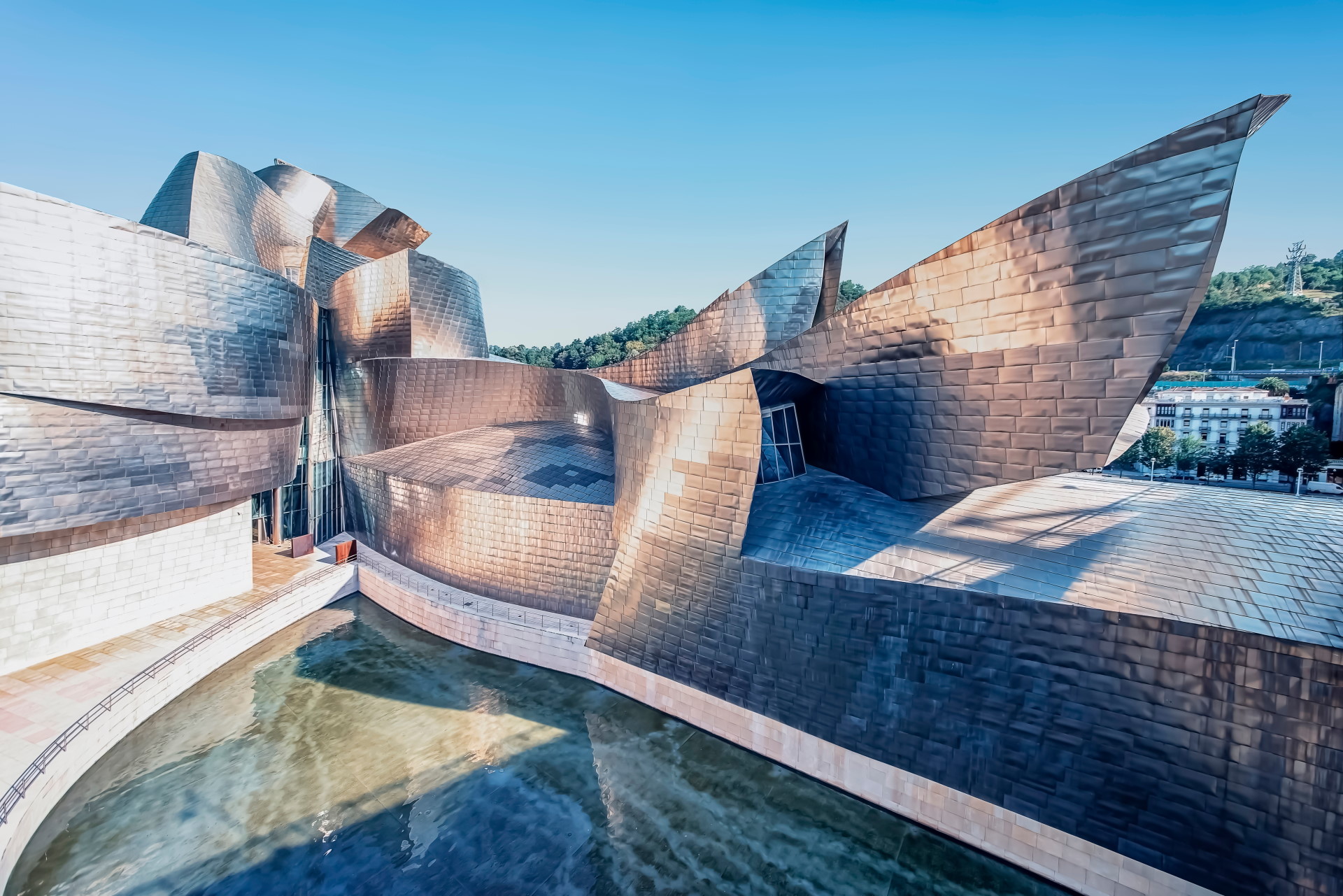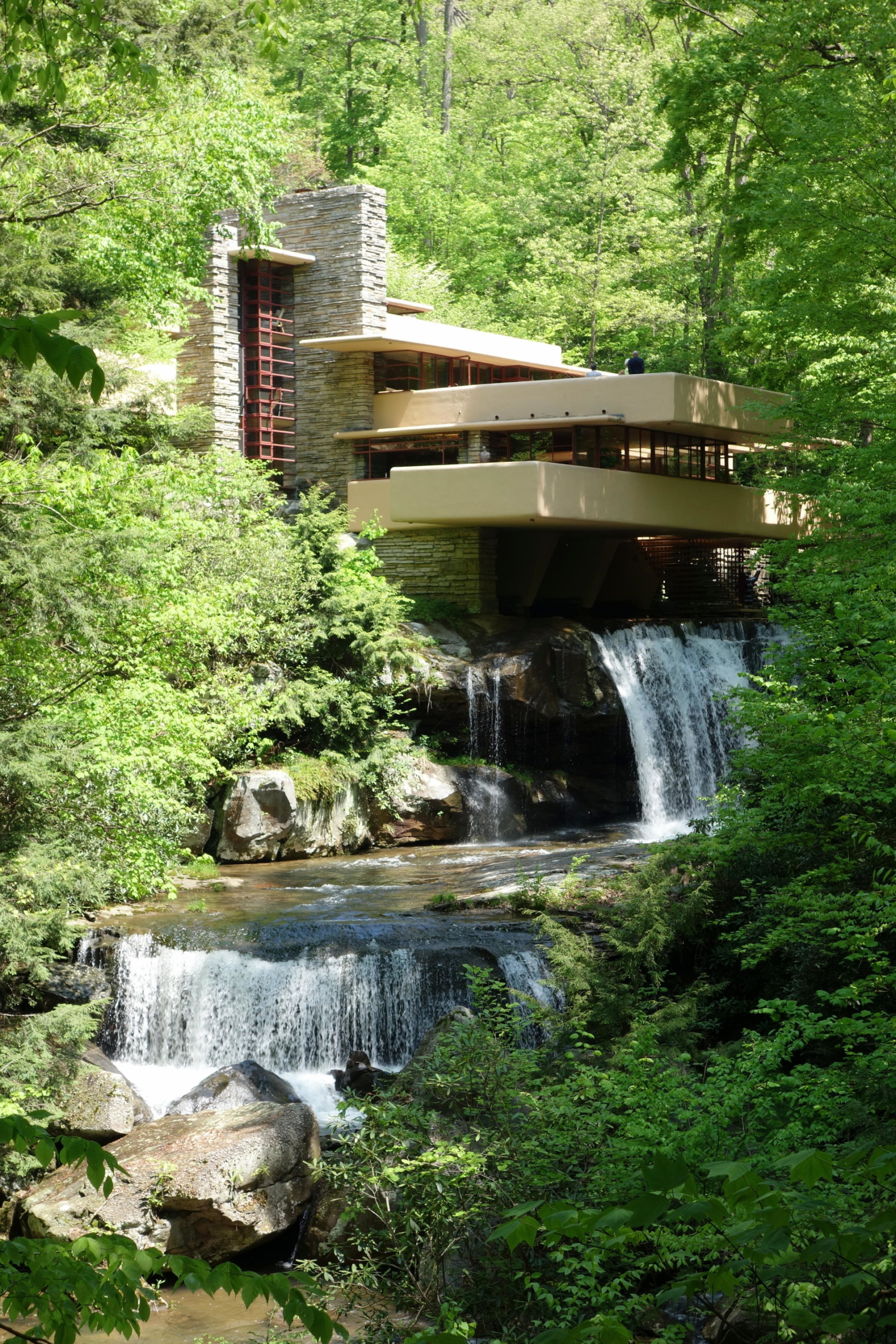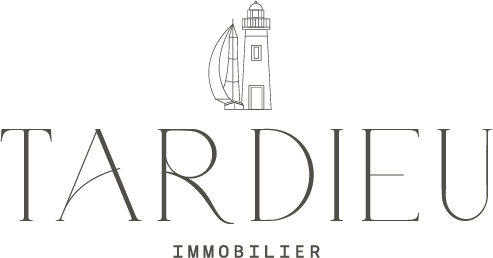
Vieillecroze architecture firm
My Dear Anthony, You asked me what could be the relationship between Architecture, Environment and Art… What a question! 100 pages would not be enough. So here is a too short and modest answer.
Ludwig Mies Van Der Rohe (Director of the BAUHAUS in 1930) said: “Architecture was born, the day when two bricks were laid one on top of the other with care. » He was undoubtedly right about Architecture, but your question introduces two new notions “environment” and “art”. At the risk of paraphrasing him, and I apologize in advance, I will add two words to those of Ludwig Mies Van Der Rohe: “Architecture was born the day when two bricks were placed on top of each other with care, harmony and emotion. Harmony is the essence of the relationship with the environment. Emotion is the essence of art. »


Vieillecroze architecture firm
38 route des Salins – 83990 Saint-Tropez
PHONE.04 94 55 80 80 – FAX. 04 94 97 76 96
www.vieillecroze.com
